The fleet commanded by Major General Marchese Paulucci for General J. M. Philipp Frimont who later led the Austrian army that was used against the Neapolitans in the battle of Antrodoco; the constitutional movement was definitively crushed on May 24, when it captured the city of Naples.
Amilcare Paolucci, Marquis delle Roncole
Between 1787 and 1799, the Marquis delle Roncole served in the Neapolitan navy, where he achieved the rank of frigate captain. In 1805 he became inspector general of the Navy of the Kingdom of Italy, based in Milan. In 1806 he took command of the Italian war fleet in Venice. He distinguished himself in the campaigns against piracy in the Mediterranean and against the British; in May 1808, during the Adriatic campaign, he was seriously wounded and fell into enemy hands; he spent four years as a prisoner of war in Malta, until 1812. In 1814, with the end of the Italian Kingdom, he was integrated into the Austro-Venetian Navy, where he made a career until he became commander in chief and held the command for twenty years, from 1824 to 1844. In this role he committed himself to improving the training of the crews and the services on board and applied himself diligently to the reorganization of the Venice Arsenal. Highly appreciated for his services, he was first promoted to vice-admiral and then to admiral, but was then retired for political reasons; the government of Vienna, in fact, accused him of a certain laxity regarding the infiltration of the Carboneria and the Young Italy among the crews and even in the ranks of the officers.
Paulucci delle Roncole, in addition to his naval merits, also has a historical merit: if the Bucintoro, the ceremonial ship of the Doges of the Republic of Venice, can today emerge from prints and paintings and return to sailing, it is also above all thanks to the Austrian admiral[1]. In fact, in 1824, before the final demolition, the then vice-admiral Paulucci delle Roncole had the engineer Giovanni Casoni make the 1:10 scale model that is currently preserved at the Naval History Museum of Venice, having him start from the remains that remained at the Arsenal from the Napoleonic era, when the ship - for ideological-revolutionary reasons - was set on fire. This model reproduces the last Bucintoro as faithfully as possible[





















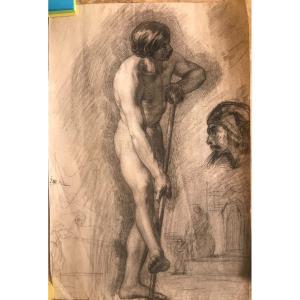



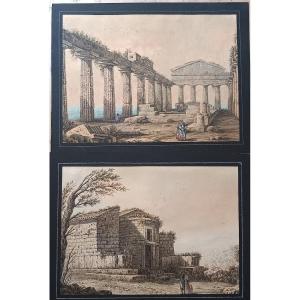




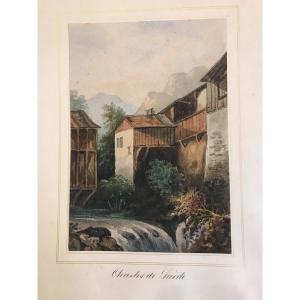

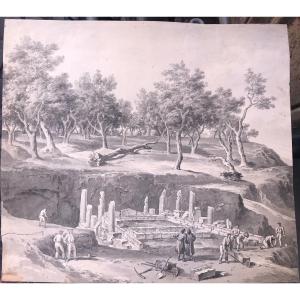
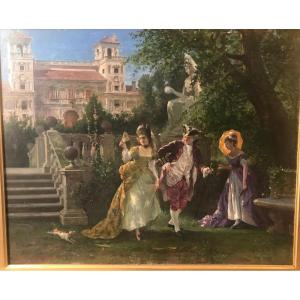


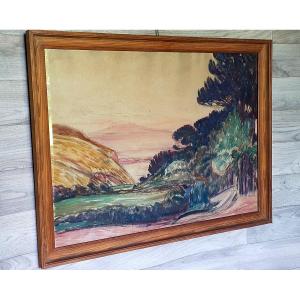





 Le Magazine de PROANTIC
Le Magazine de PROANTIC TRÉSORS Magazine
TRÉSORS Magazine Rivista Artiquariato
Rivista Artiquariato